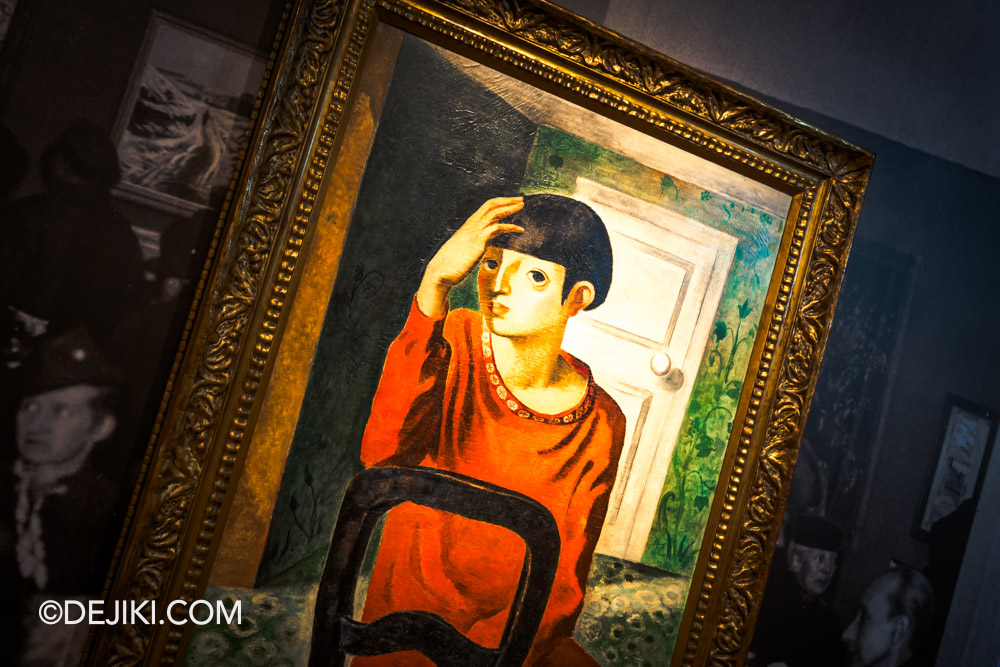
Explore the lives and works of Asian artists in Paris during a pivotal era at National Gallery Singapore’s City of Others: Asian Artists in Paris: 1920s-1940s exhibition.
City of Others: Asian Artists in Paris: 1920s-1940s at National Gallery Singapore
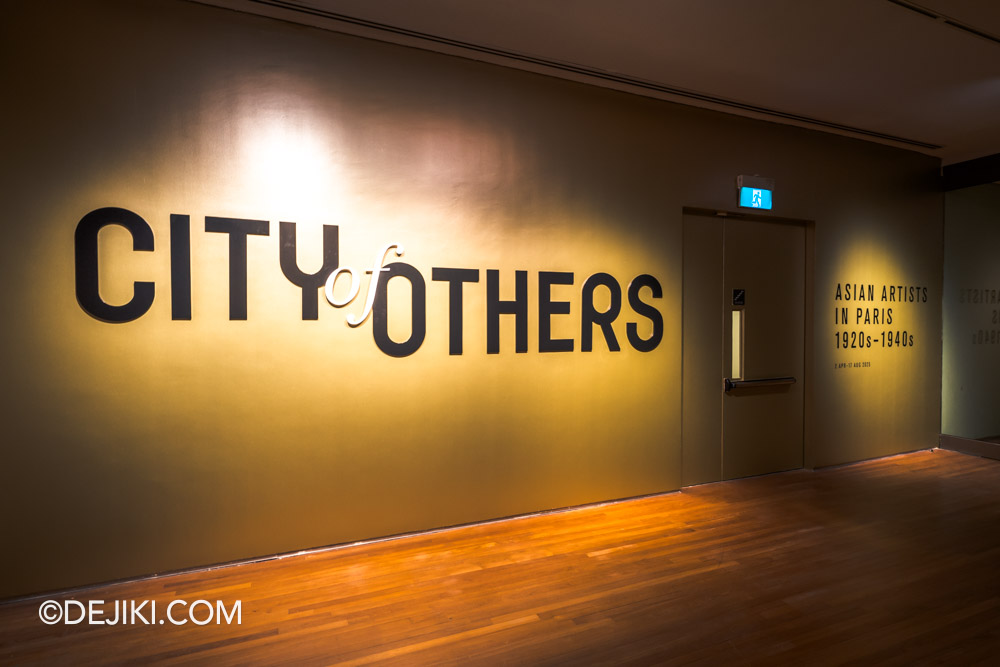
National Gallery Singapore’s first major exhibition of 2025 invites you to the City of Others: Asian Artists in Paris, 1920s-1940s. Showcasing over 200 works and archive materials, the comparative exhibition shines a light on the art history of Paris from Asian perspectives.
Curators describe City of Others as one of the National Gallery’s most extensive exhibitions, involving many years of planning and collaboration with numerous lenders. The exhibition reunites artworks that haven’t been displayed together in over 80 years, offering a unique historical context.
It’s as extensive as 2024’s blockbuster, Tropical, so cater a few hours to full explore the works and materials meticulously curated into 7 zones across the galleries at Level 3 of the National Gallery Singapore.
Admission Ticket required for City of Others exhibition at National Gallery Singapore
Admission fee applies for this Special Exhibition.
Tickets start from $15 for adults (Singaporean/PR, ages 13 to 59), with a concession price of $10 for children and seniors (Singaporean/PR; ages 7 to 12, ages 60 and above), as well as full-time NSFs. Students and teachers (Singaporean/PR) can enjoy free admission upon verification onsite.
For the full price list, including prices for tourists foreign residents, visit the National Gallery Singapore’s website.
City of Others – Exhibition Galleries Photo Tour
Opening with the Preface, the exhibition introduces how Asian artists in Paris, often regarded as outsiders, or “others”, presented themselves to European audiences. The section is accompanied with portraits and self-portraits as a presentation of identities.
Autoportrait au chat (Self-portrait with cat) (Foujita Tsuguharu)
Some pieces include the iconic self-portrait by Georgette Chen, another by Itakulla Kanae, as the exhibition opens up the next area.
The Workshop to the World highlights both the decorative arts and design inspired by Asia, and the growing influence of Asian artists and artisans in the arts.
A few large lacquer pieces by Hamanaka Katsu form the highlight of this area.
Objects from the Cartier Collection (Cartier Paris’ heritage collection) are also on display – in the middle is the Portique gravity clock, with a design inspired by the Japanese Shinto gate.
La foret (Forest) (Jean Dunand)
The Theatre of the Colonies section reveals how art was used to support and oppose French colonialism.
During the height of French colonial power, events like the 1931 International Colonial Exposition showcased colonial achievements. Meanwhile, activists used art and publications to expose the harsh realities of colonialism. This section showcases this clash of narratives through various mediums.
In Spectacle and Stage, dance archives and film clips showcase how dancers from Asia influenced Paris’s cultural scene. Over time, Asian traditions blended with modern choreography, and so did the fine line between exoticism and cultural identity.
Success meant greater opportunities, and Paris offered a myriad of venues for artists to show their work to the world. At Sites of Exhibition, discover how artists navigated galleries, museum shows, and salons to gain recognition. This gallery shows how artists balanced their identity with public appeal to succeed in the competitive Parisian art scene.
In the 1920s, Itakulla Kanae (sometimes spelt Itakura Kanae) and Sumiko moved to Paris via Hawaii to study art. Kanae’s paintings often featured Sumiko as his model, showcasing her striking presence. Their works were exhibited in Paris and Brussels in 1929, supported by a prominent patron. Sadly, their artistic careers were cut short by their early deaths.
Here in the City of Others, you can view the iconic Woman in Red Dress (Itakulla Kanae).
Works by Sumiko displayed directly across from her portrait.
Georgette Chen arrived in Paris in 1927 to further her art studies. Her career took off in 1930 when her paintings were accepted at the Salon d’automne.
Studio and Street explores how daily life in Paris inspired artists of the era. The Montparnasse district, a hub for artists, played a key role. The streets and people they encountered became their studios. Asian artists like Pan Yuliang and Sanyu joined the diverse group of creatives there, contributing to the vibrant ‘School of Paris’ art movement.
Bank of the Seine (Oka Shikanosuke)
A selection of paintings by Sanyu, with simple forms and a neutral palette, stand out for their simplicity. His style reflects his training in Chinese painting. The large piece being a painting of people painting at a studio in the Grande Chaumière.
The gallery turns (literally) into a dark corner at the final section, Aftermaths, which explores how the war affected artists in Paris. It covers the shift in artistic styles and the challenges faced by Asian artists who remained. Some couldn’t return to their home countries, while others struggled with their place in a changed Paris.
As a final note, City of Others extends its dialogue beyond the historical context, presenting two modern installations that offer a contemporary response to the exhibition’s themes. The works invite viewers to reflect on the enduring themes of identity, while also reminding us that the echoes of the past continue to resonate today.
City of Others: Asian Artists in Paris: 1920s-1940s at National Gallery Singapore
2 April – 17 August 2025
Main Exhibition: City Hall Wing, Level 3, National Gallery Singapore
Visit the National Gallery’s website for more details on the exhibition, programmes and promotions.

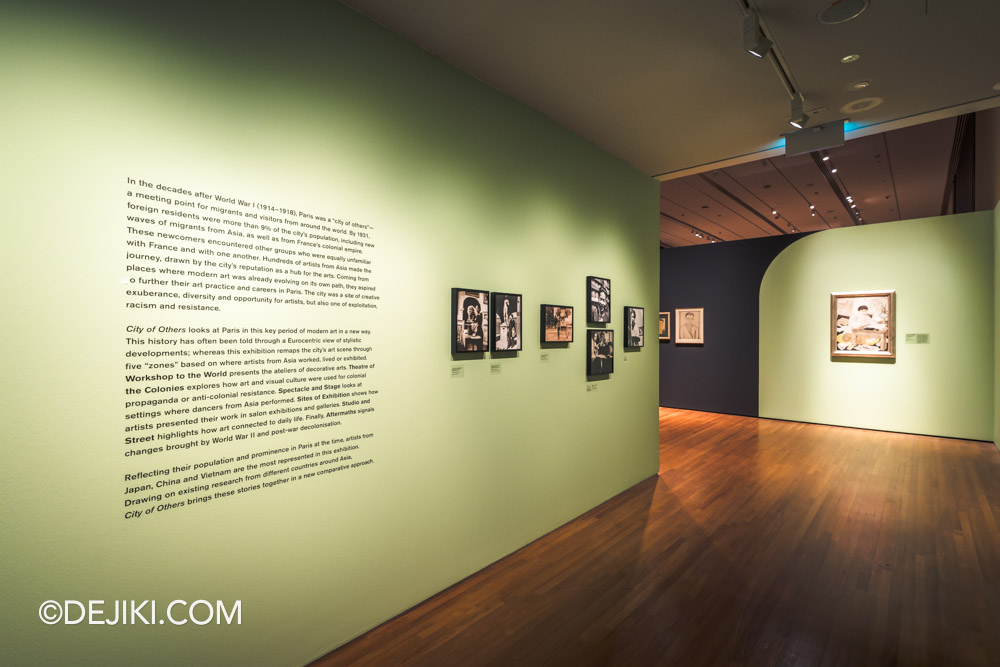
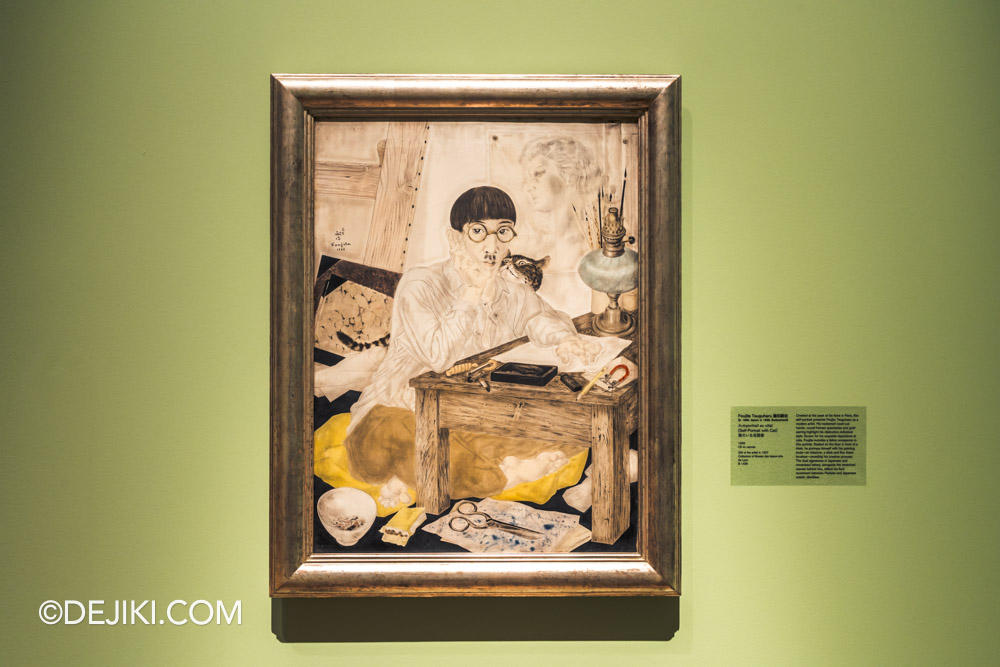
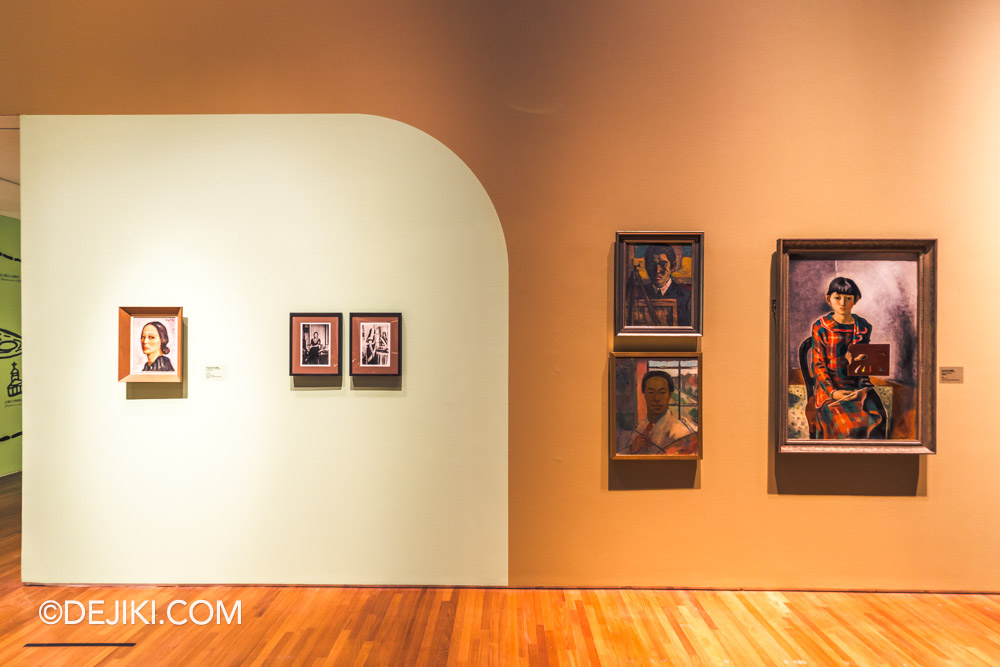
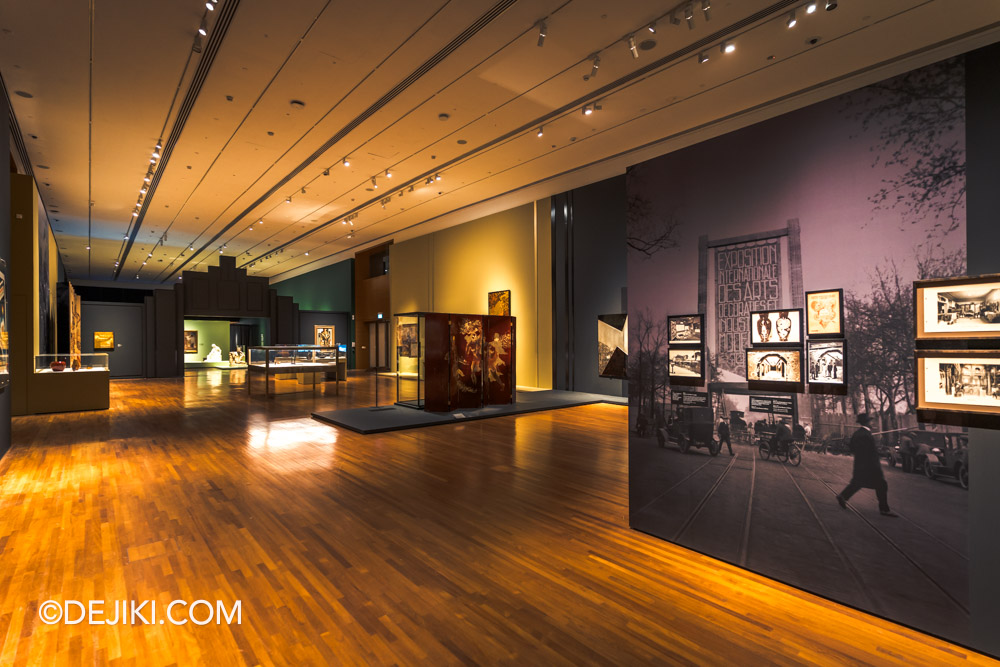
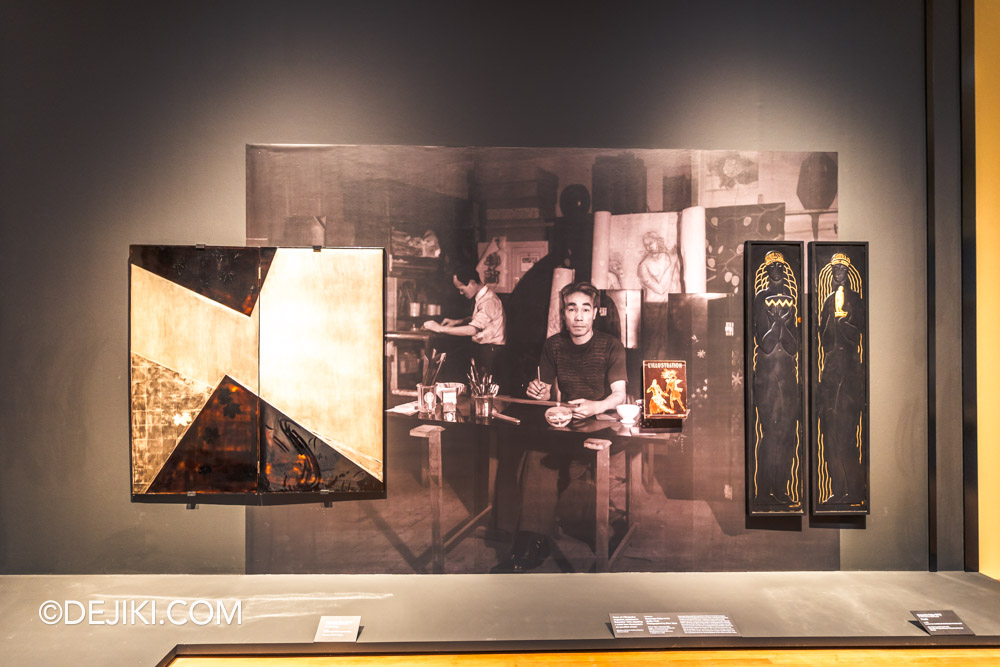
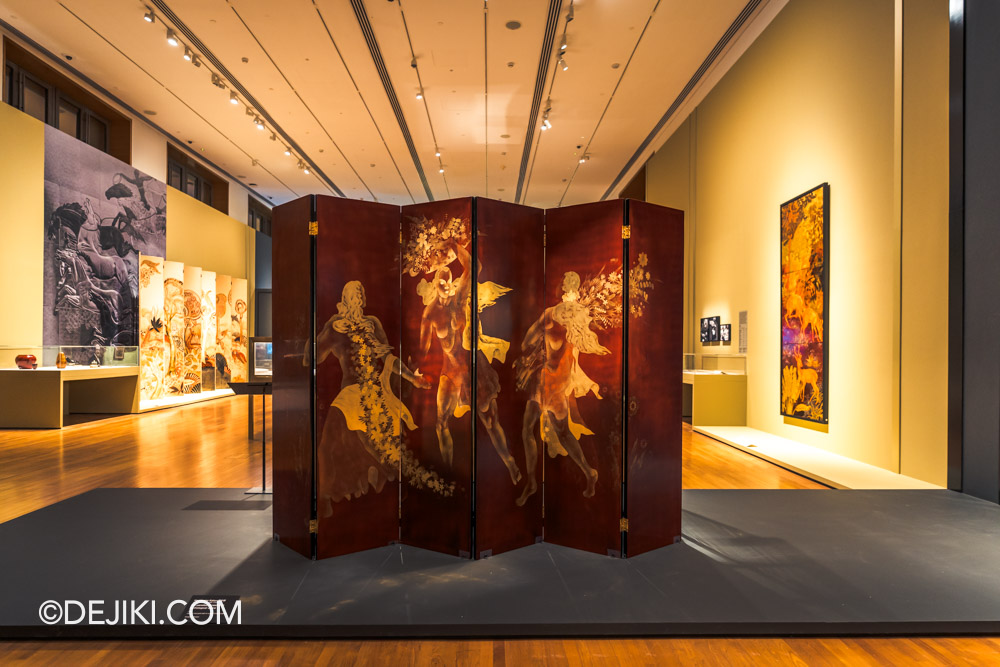
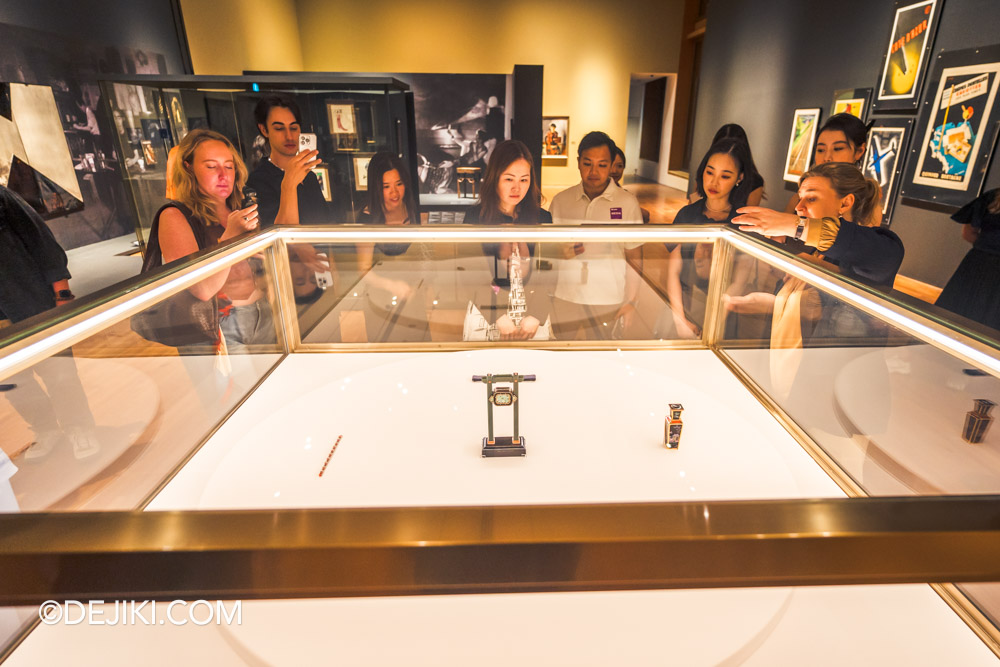
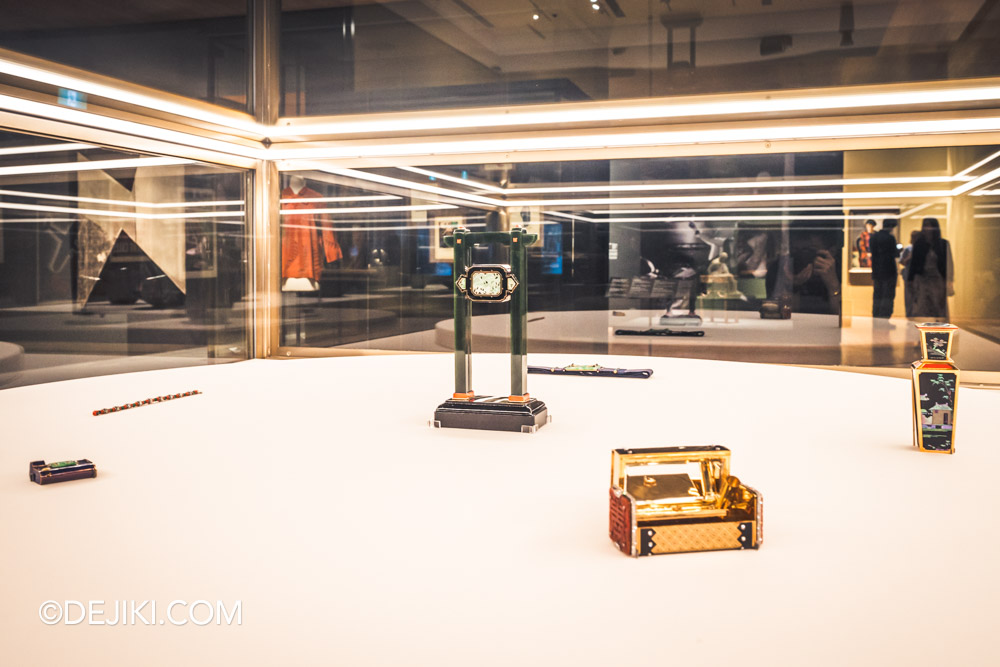
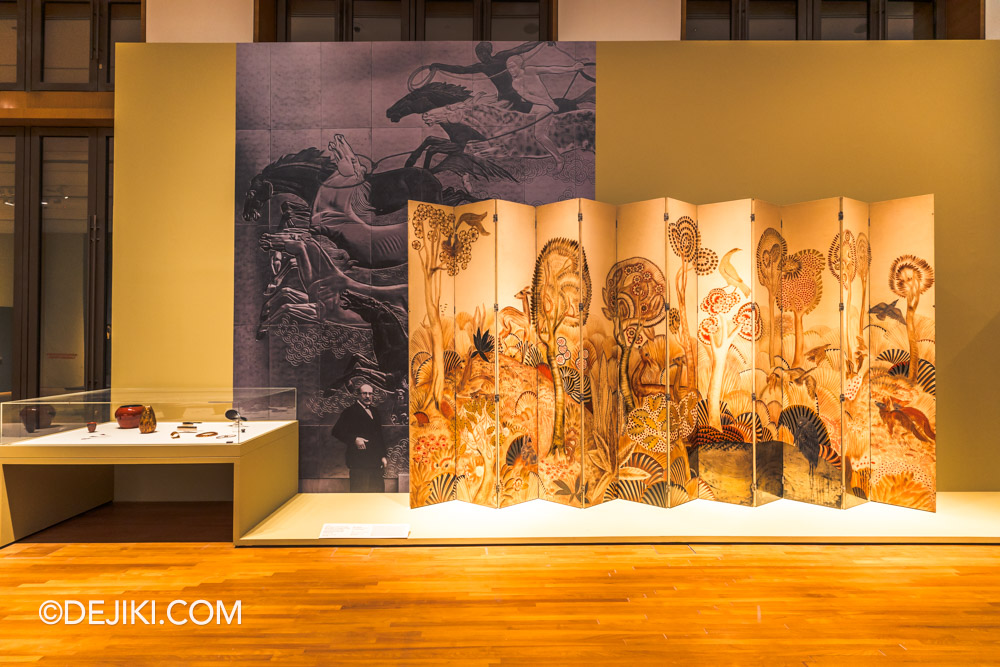
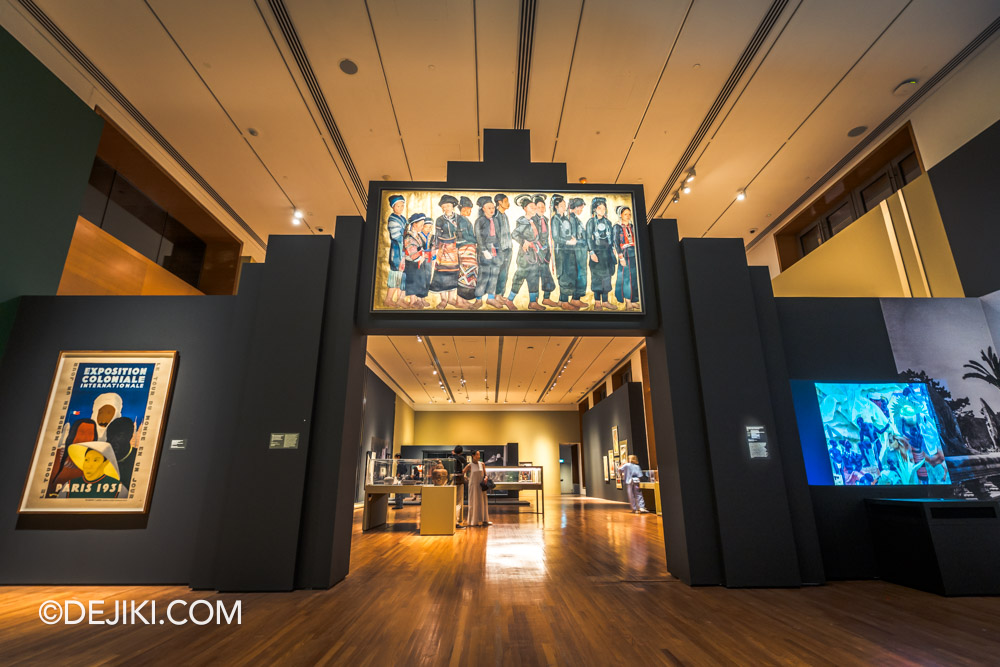
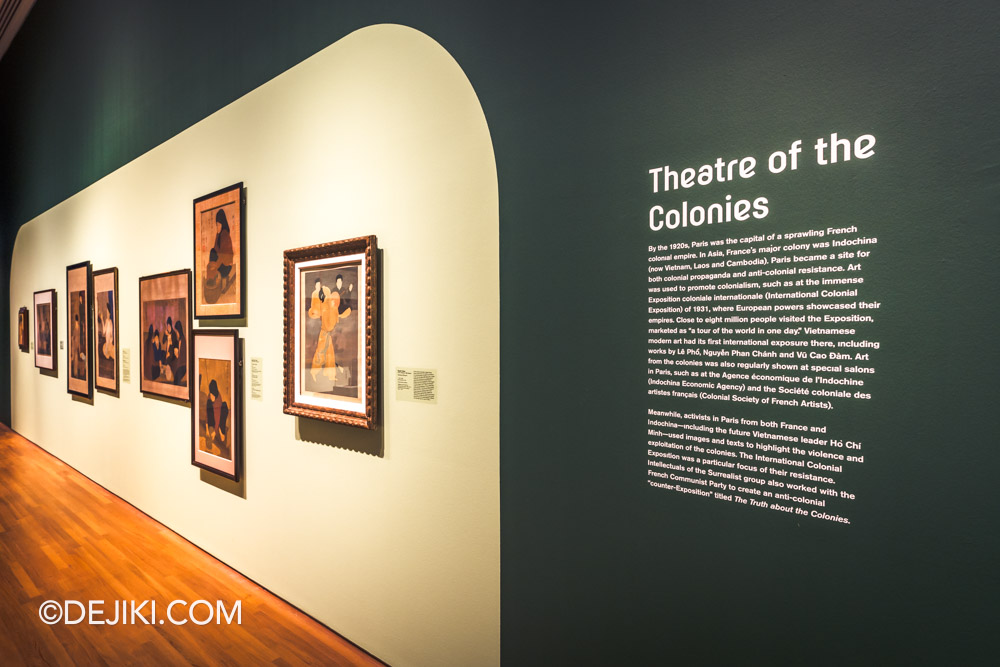
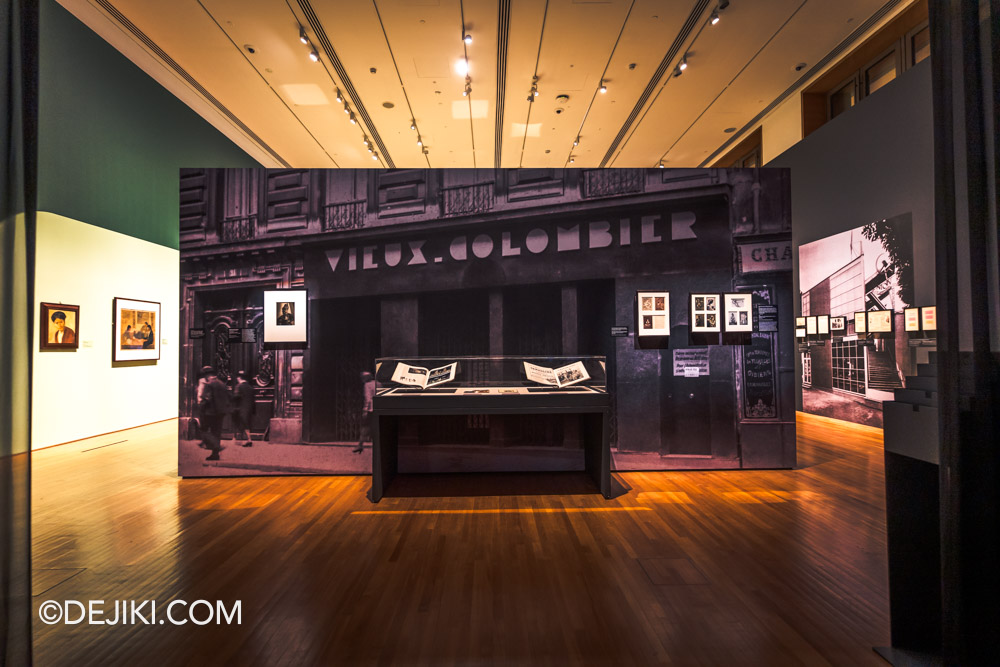
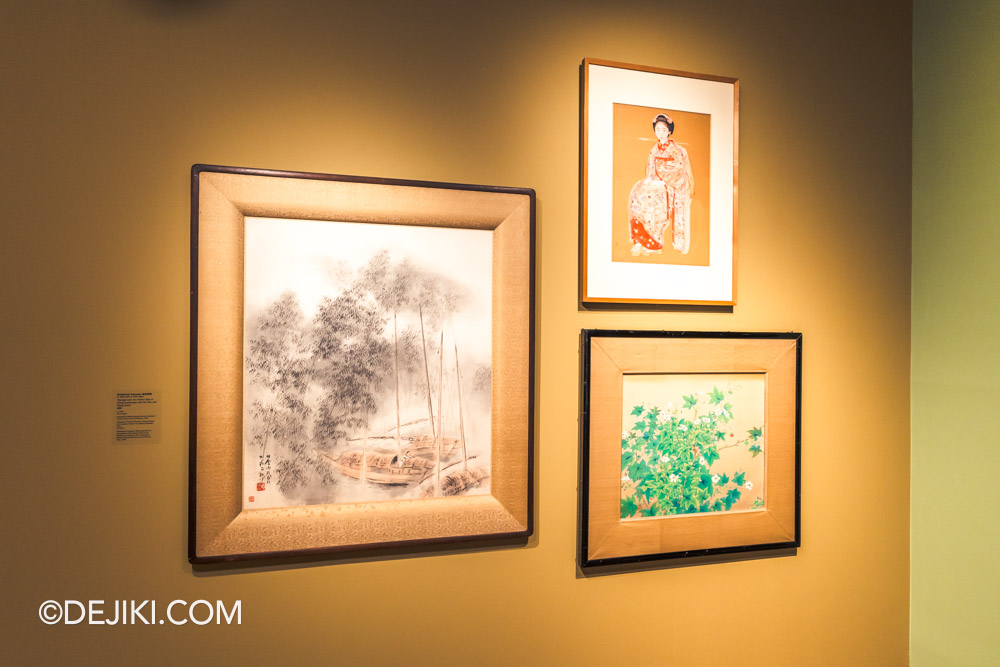
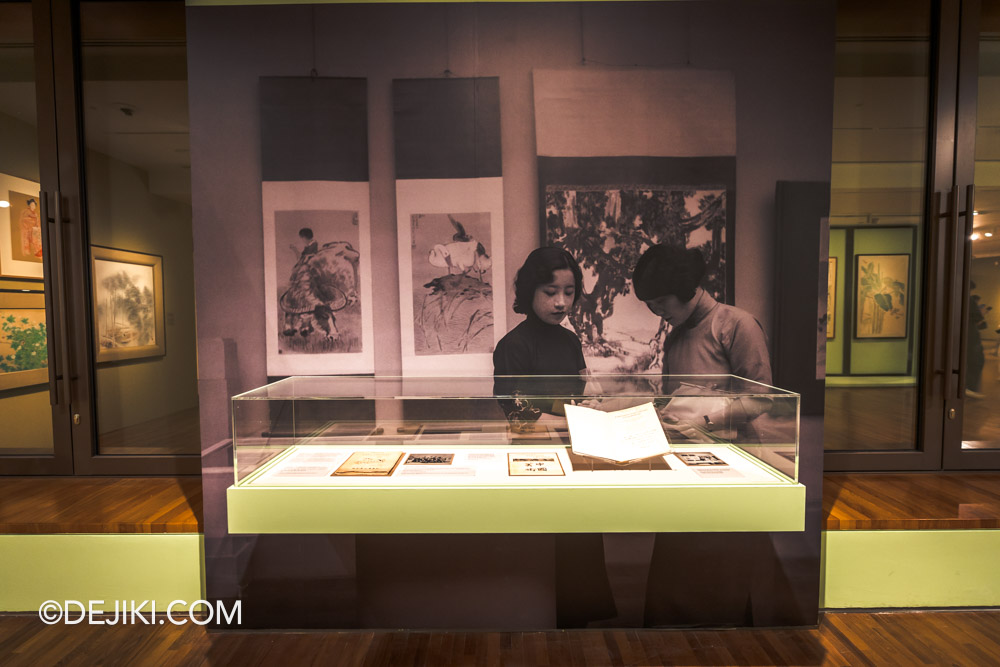
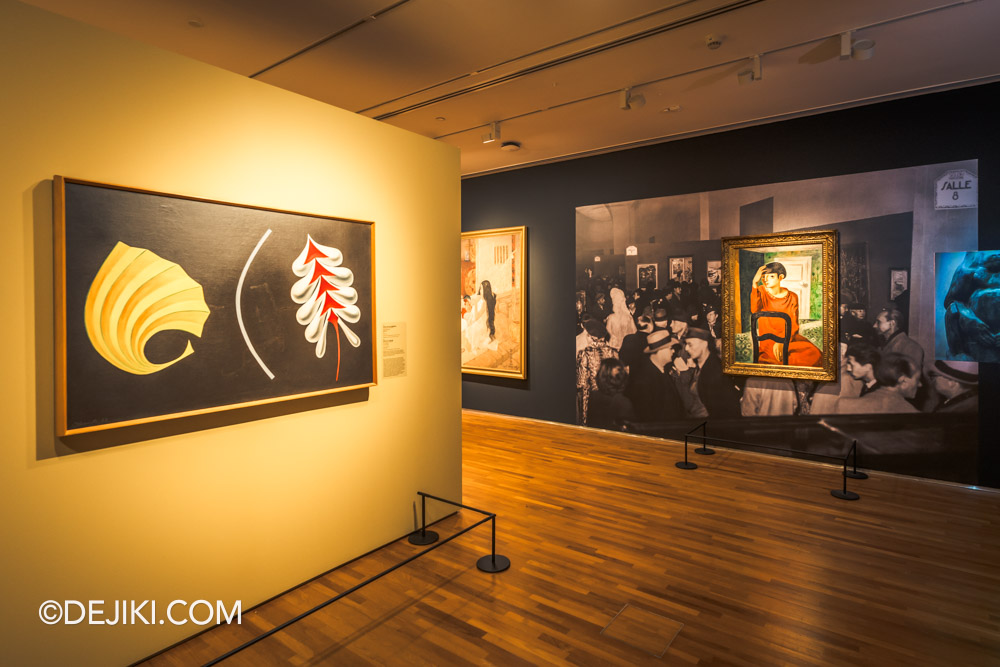
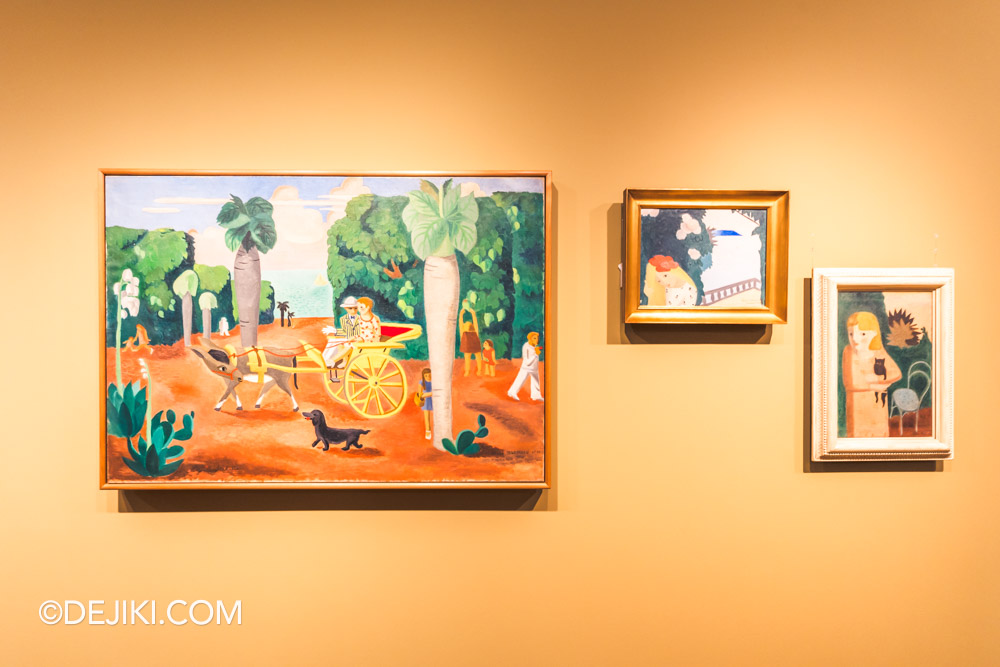
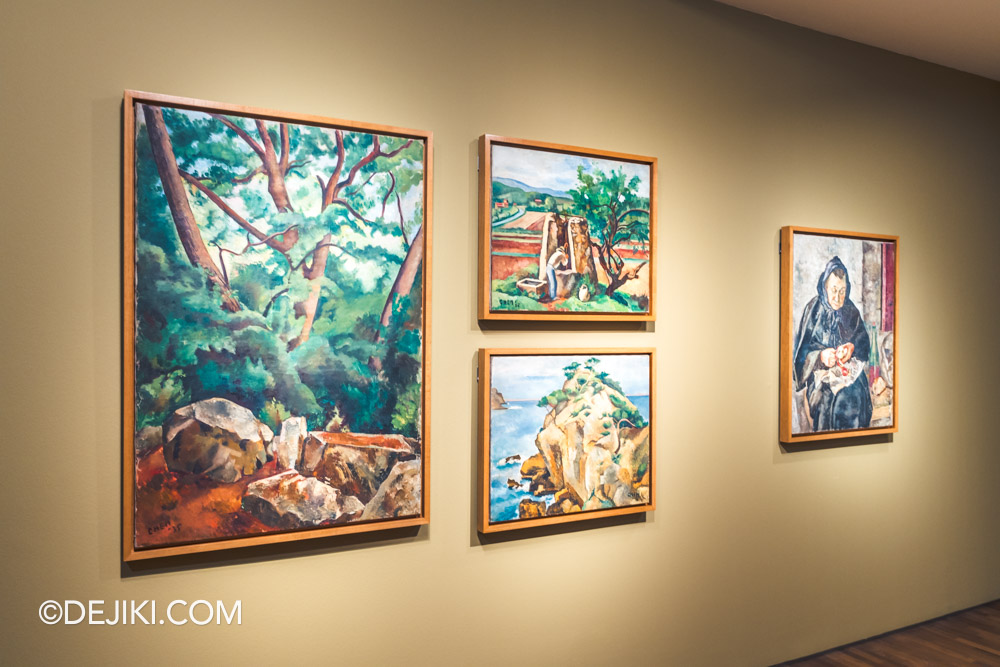
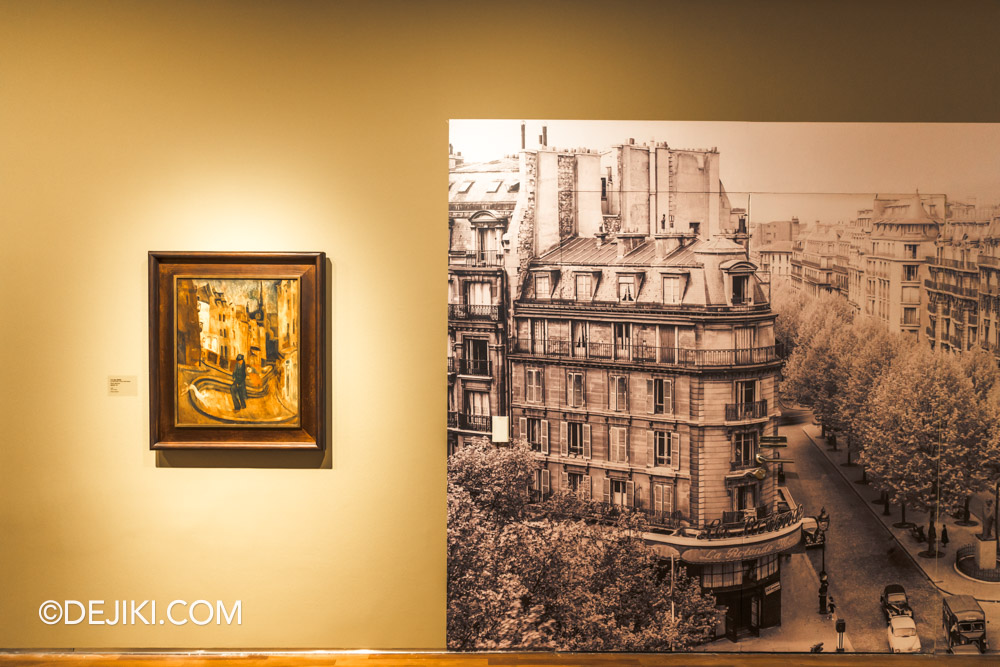
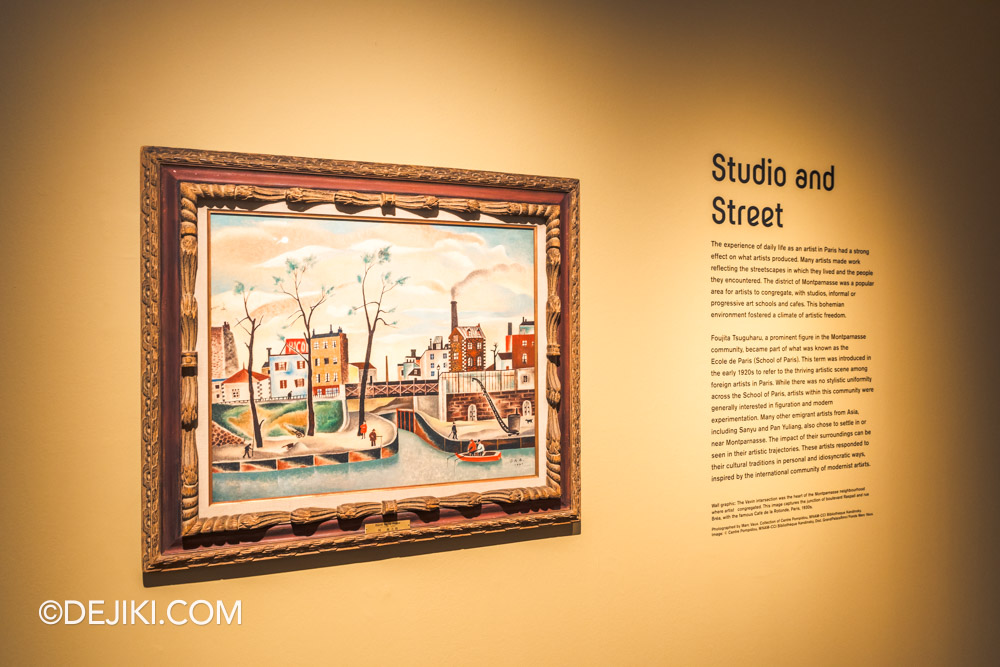
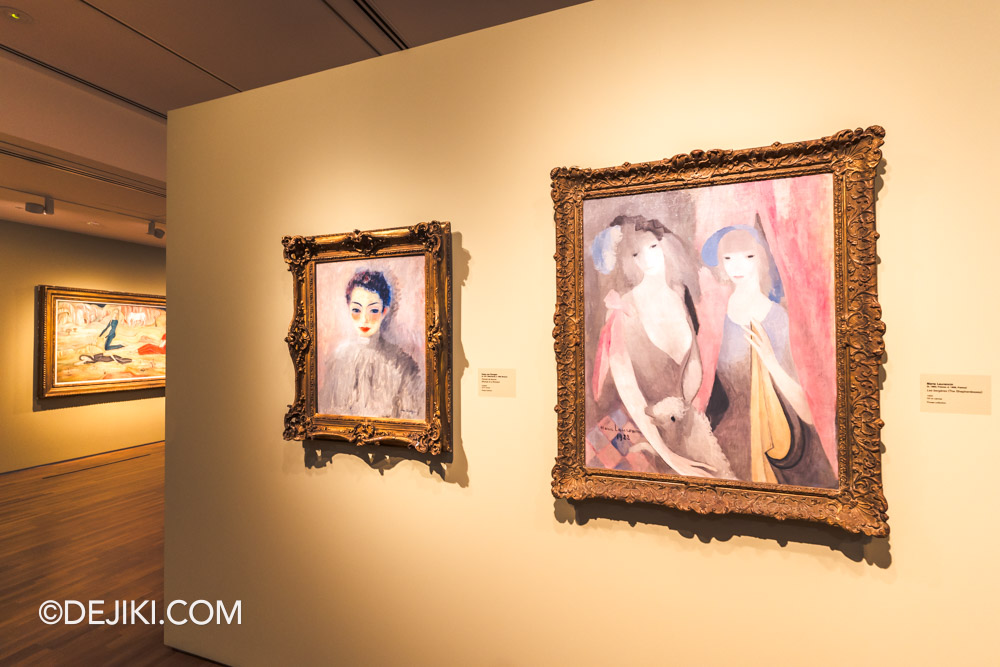
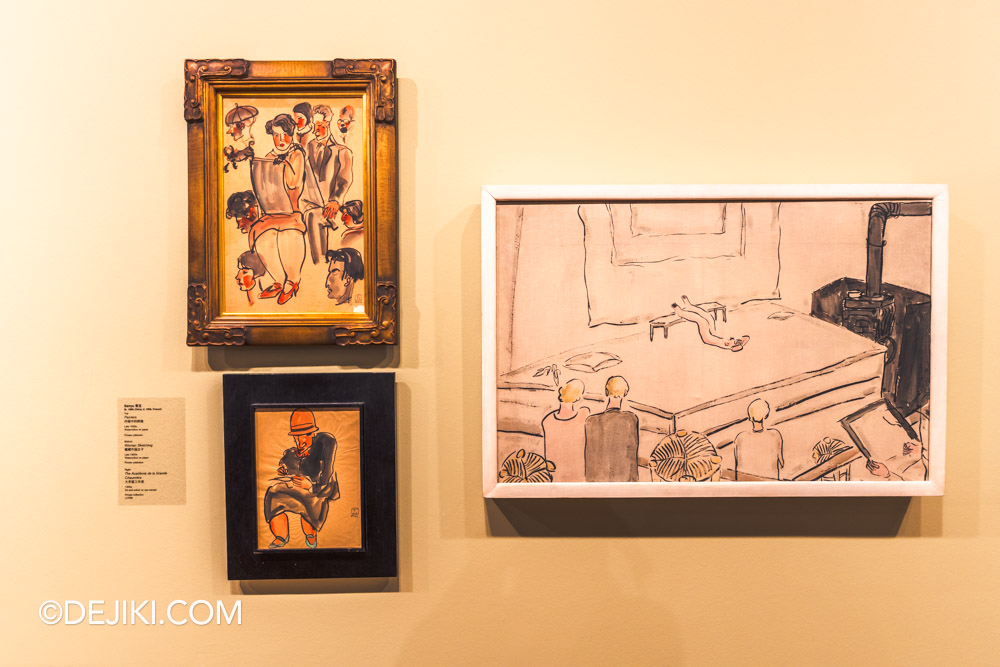
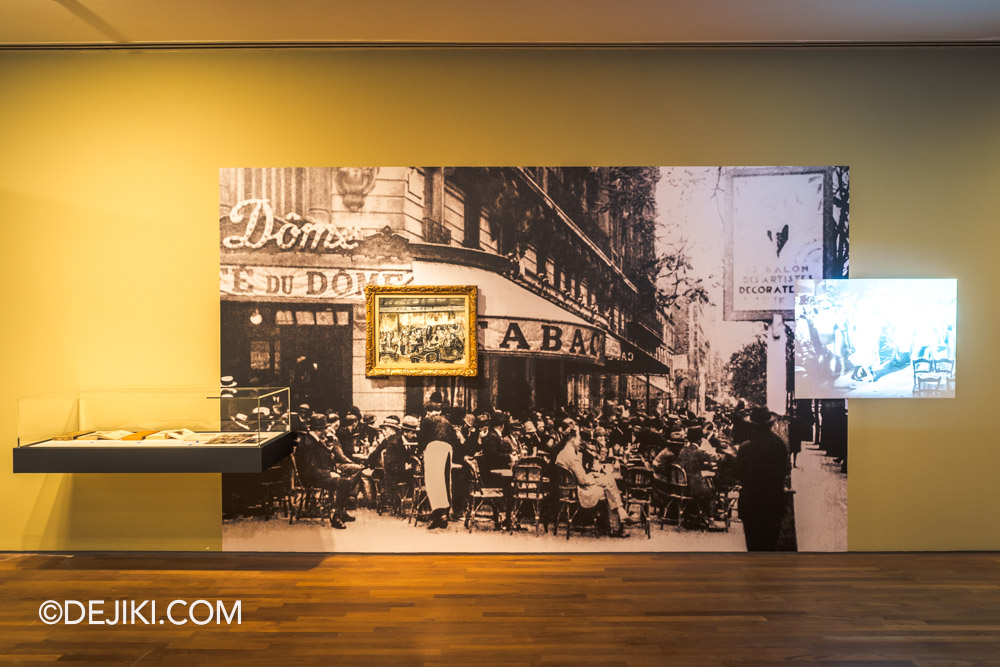
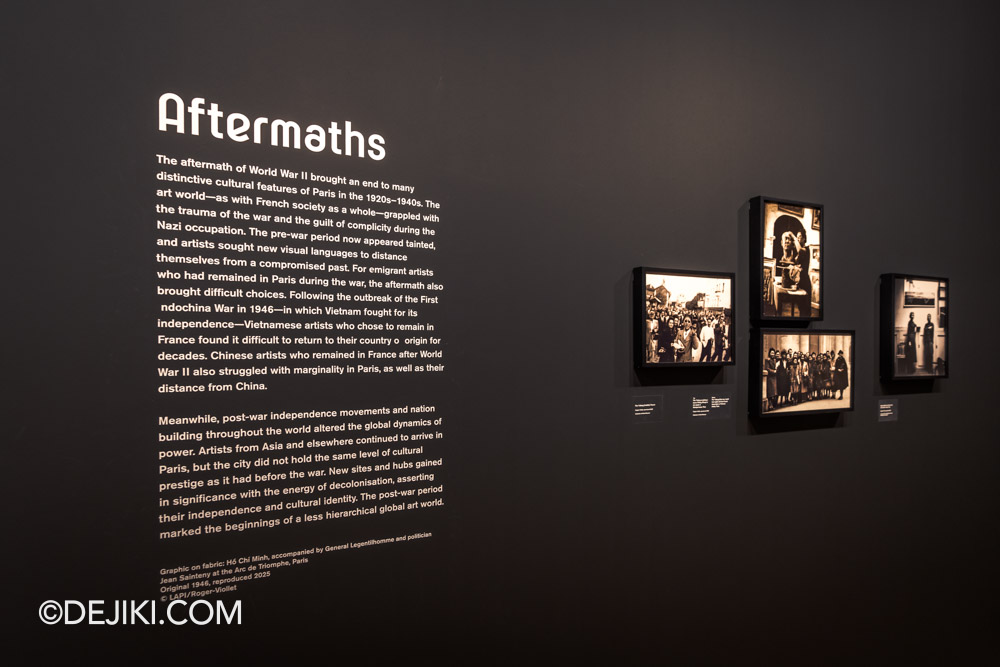
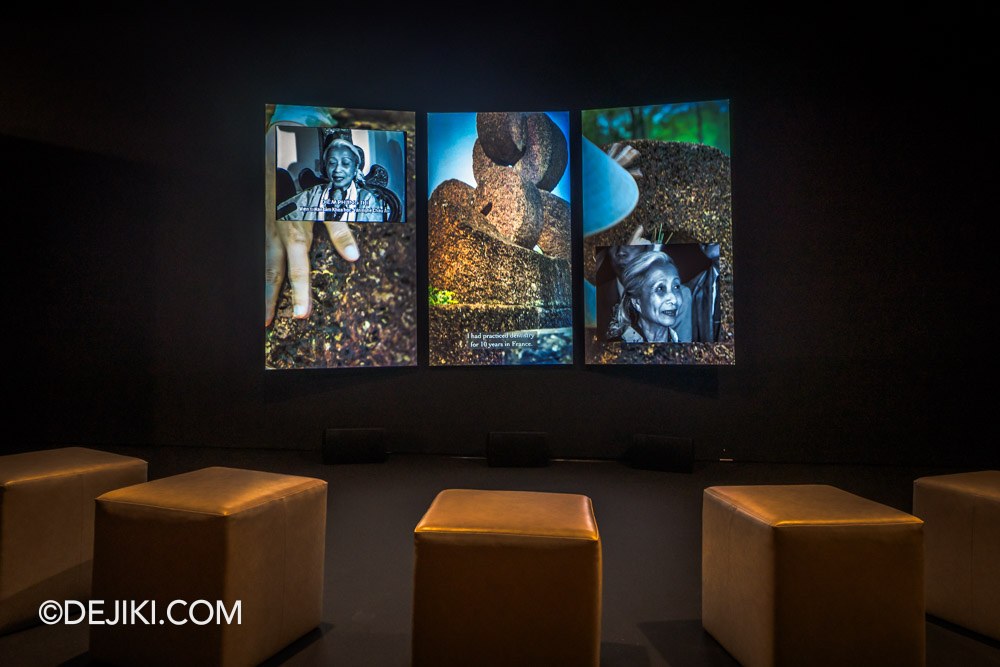
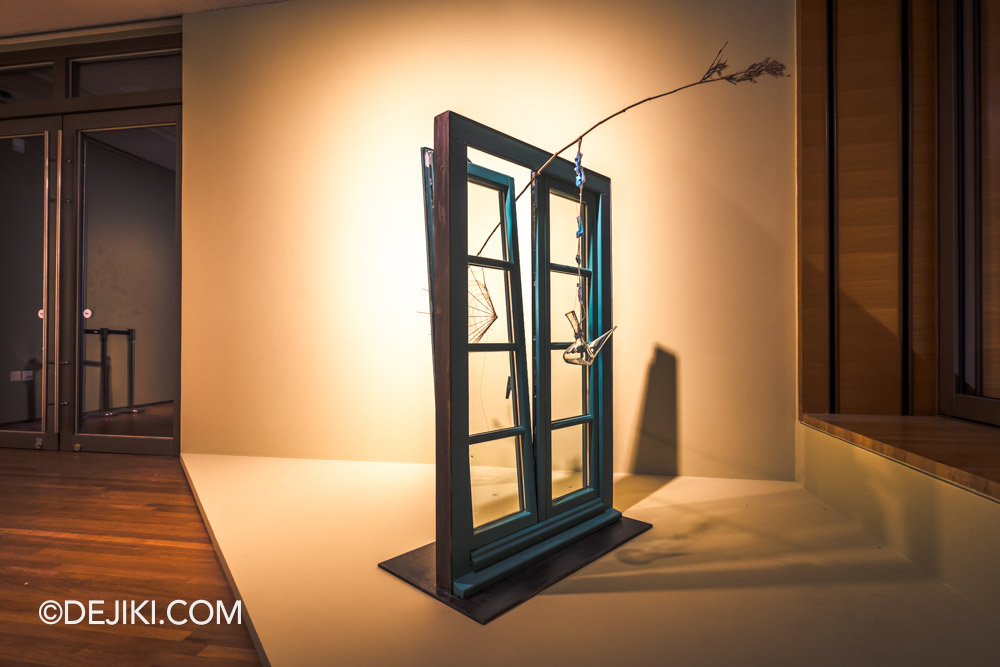
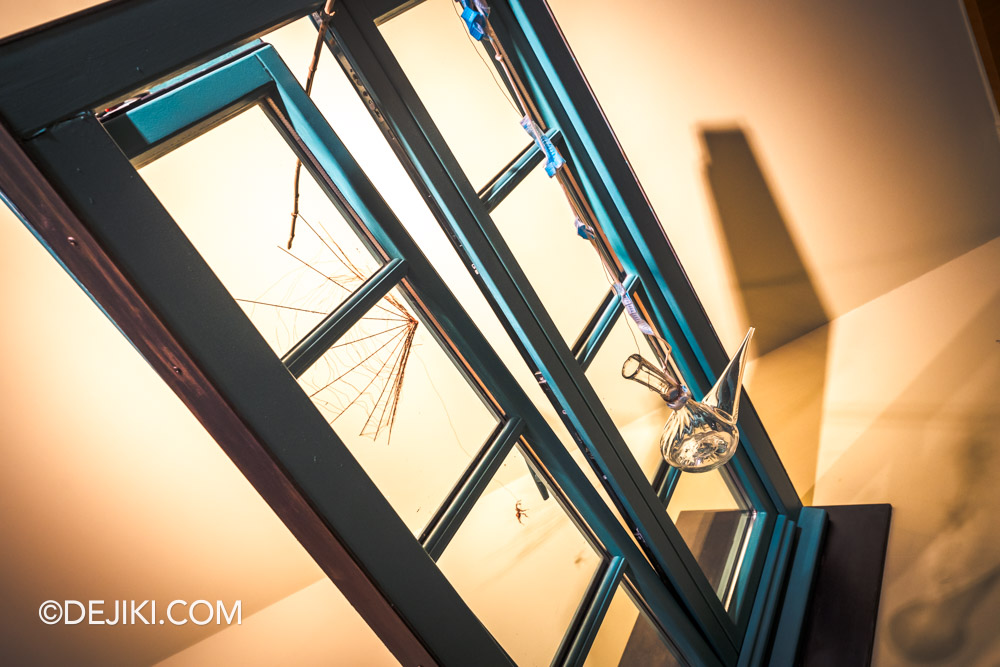
No comments yet.